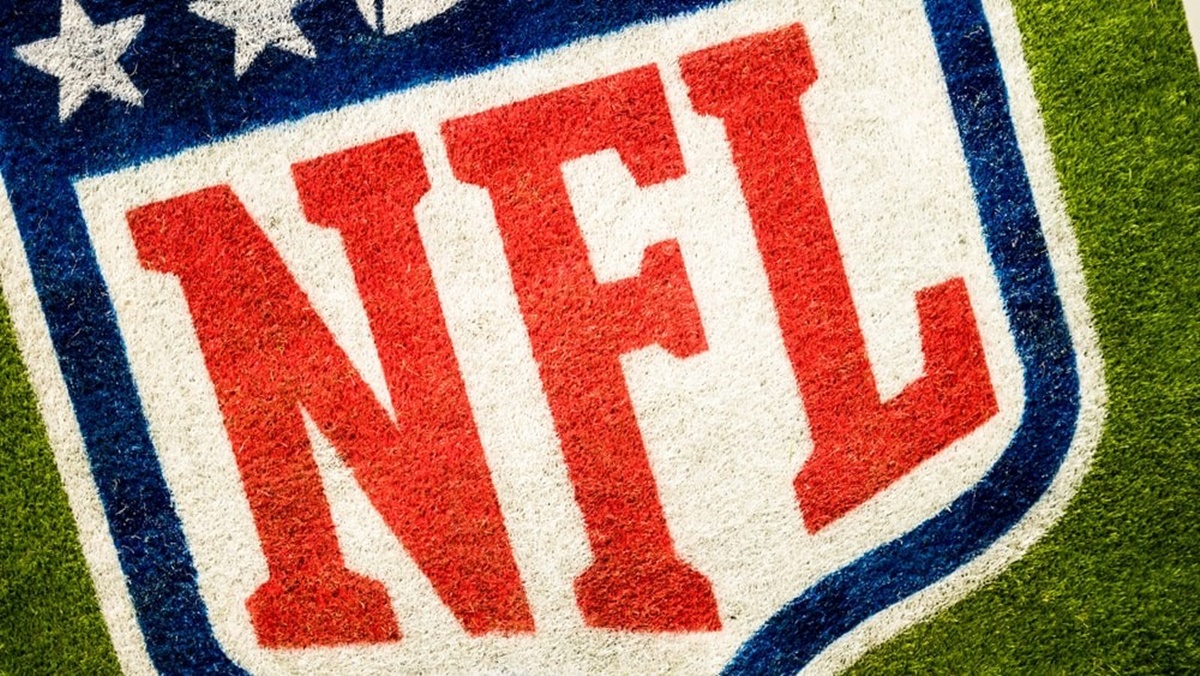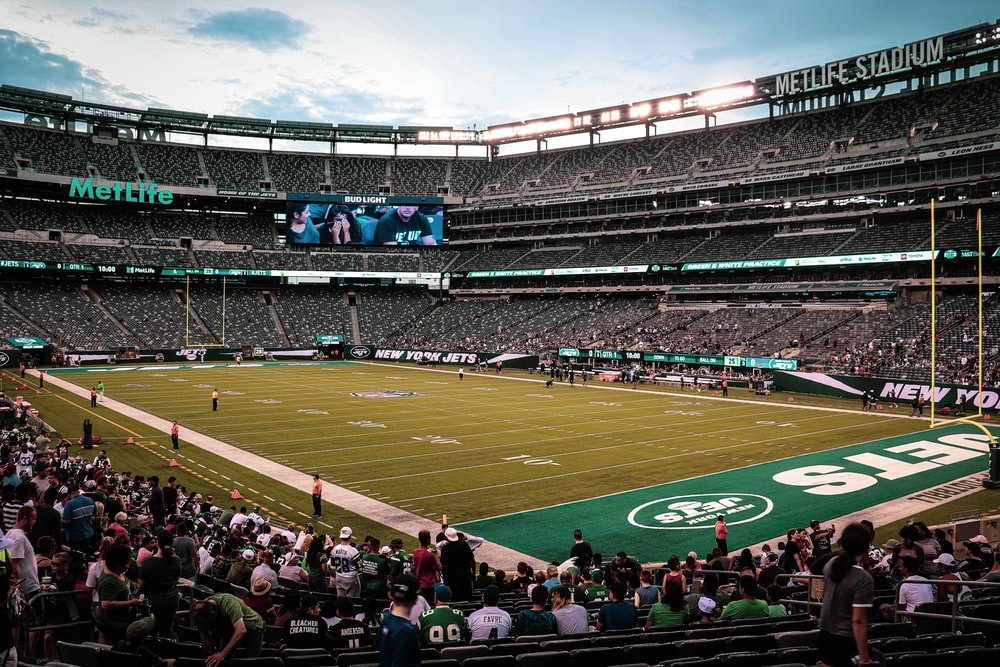
Ever fancied trying your hand as the general manager of a successful NFL team? Well, shots are that opportunity will never come for most of us, although we can get a taste of the experience by managing our very own NFL fantasy football team.
What this guide aims to provide is the basics of participating in a fantasy league, how to manage your team roster and some tips for success. After all, you do want to win that NFL fantasy league, right?
How does fantasy football work?
Essentially, fantasy football follows the real-life performance and statistics of NFL players. When participating in a fantasy league, it’s almost like we’re taking on the combined roles of general manager and head coach. Your aim is to build a team of players that can score the highest points based on their statistical success.
Every league starts with a draft cycle, where fantasy team owners get to build a complete roster of players. This is followed by a fantasy regular season and if your team has done well enough, the shot to compete in the playoffs and championship.
Each week you are tasked with selecting a “starting” team of players. In most fantasy leagues, weekly starting teams are one quarterback (QB), two running backs (RB), two wide receivers (WR), one tight end (TE), one kicker (K), one defense (D/ST) and one flexible (FLEX) player.
In many NFL fantasy leagues the FLEX player lets us choose from RB or WR players on our roster, however, some leagues also let you choose TE or QB players in the FLEX role. In some respects, it’s almost like a bonus option to score extra points each week.
Only the “starting” players you choose each week will score points for your team. Unpicked “bench” players will still score points from their real-life performances, although they won’t count towards your weekly points total.
There are lots of NFL fantasy leagues to choose from, all with their own rules and formats. Most run alongside the NFL season, while there are also dynasty leagues that run for several seasons. If you don’t fancy making a long-term commitment, try daily and weekly fantasy leagues.
Preparing for the Draft

Every NFL fantasy league features a draft for players at the start. This is typically the most popular phase of any fantasy league, as team owners get to build their roster for the season ahead. It’s also important to prepare a strategy, based around the draft format used.
Likewise, be prepared to spend some quality time looking at player and team statistics. Given that fantasy league points are awarded based on real-life performances, get to know which players are statistical leaders in the NFL for each position.
Many fantasy leagues use what’s known as the “snake” method for drafting players. This works on a round by round basis, as team owners choose players. If you have the first pick one round, you’ll slide down the snake for the next pick before rotating back to the top.
Other fantasy leagues take the “auction” approach, giving each team owner a budget or wage cap to work with. This method is often considered the fairest, as everyone starts with the same budget. However, managing that budget also requires careful draft planning and strategy.
The key to any successful draft is plenty of preparation. Ideally, you should make a shortlist of players for each position in your team. Everyone will be battling for the best players in the draft, therefore it’s always good to have several player options to choose from.
Week 1 & Beyond
Once the NFL fantasy season starts, your own role switches from that of fantasy GM to fantasy head coach. Over the coming weeks you’ll get to choose your ideal starting team, choosing from the players you selected in the draft.
Many of the best NFL fantasy leagues feature a free agent pool or waiver wire. This allows team owners to trade players from their roster during the season. You’ll need to drop a player from your own roster to pick up another, so think carefully before trading.
Always look at the NFL fixture list to know when teams are on a bye week. You don’t want a player in your fantasy starting lineup if their team isn’t playing that week. They won’t accumulate any points, so replace them with another player on your team roster.
Follow the latest NFL team news, keep up to date with the latest information surrounding the players on your roster. Make sure that injured or suspended players aren’t in your weekly fantasy lineup, and if players are traded in the real-world NFL, consider doing the same with your fantasy team.
Check which teams your players will face in the real-world NFL each week. If their team has a favorable matchup, they’re likely to score you more points. Alternatively, if they’re up against a tough opponent and tipped to suffer, look at switching them out of your starting lineup.
If things aren’t going to plan, don’t be ashamed to seek help or tips on how to improve. Everyone wants to get better and improve their NFL fantasy league performance and quite often, other participants will be happy to share their own experiences and advice.
Enjoy Yourself & Keep Learning
Easily the most important tip for anyone new to NFL fantasy football is to simply enjoy the experience. You will make mistakes and for sure, you will regret not starting that player when he produces an MVP performance week, and you may even get frustrated when missing out on favorite picks in the draft.
Nevertheless, these things happen to all of us. It’s all part and parcel of the NFL fantasy league adventure. Learn from your mistakes, have fun, and look to keep improving. Before too long, you might become the next Vince Lombardi or Curly Lambeau of your fantasy league!